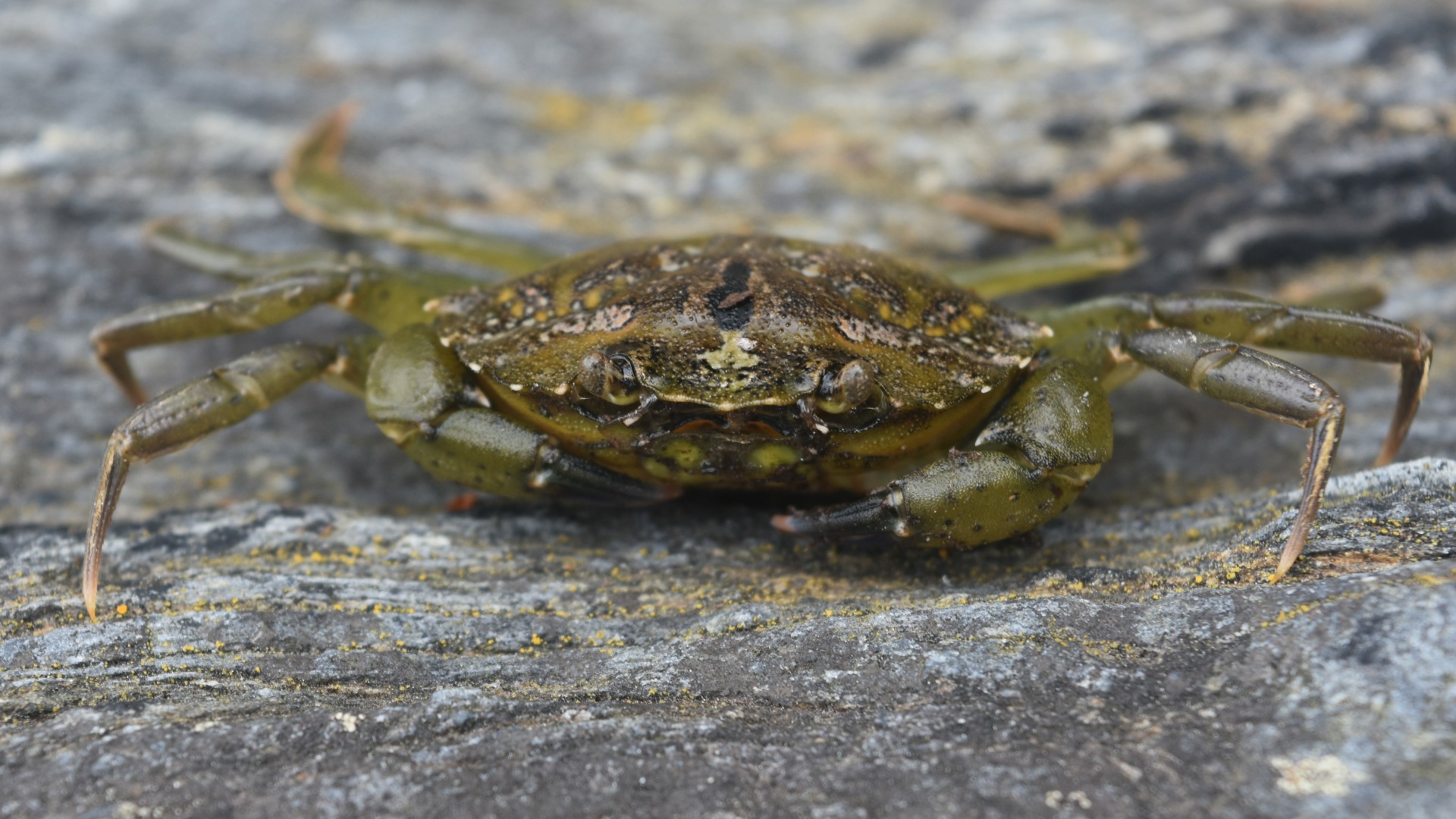ELIOT, Maine — Mike Masi knows every new fishery comes with growing pains.
For him and his crew harvesting invasive green crabs, that growth comes in the form of finding people who want to eat the small crab, considered a pest by many along Maine's coast.
As Masi starts his boat before hauling traps in the shallow estuaries of the York River, he knows the muddy bottom used to be home to baby lobster and a lot more clam beds.
"The biodiversity here is essentially zero," Masi said.
Trap after trap comes aboard. There's no need to worry about a slim catch.
Each cage that's pulled up comes with at least 20 pounds of the crab, each one about 2 to 4 inches in length.
"If we fish them down, we give these natives a fighting chance," Masi said.
He knows that just his company alone harvesting this invasive species is a losing battle. But he's not entering the business for a quick fix.
"I've spent a lot of time here. I recreate here. I scuba dive and free dive. When you spend that much time in an estuary, you want it as healthy as it can be," Masi said.
As the traps are emptied, striped bass are seen darting along the mudbanks. Every few hundred green crabs that are pulled in, a single rock crab is spotted. These are signs of what may improve, Masi said, if more focus is put on the industry.
But with Maine's changing climate, the winter season is killing off fewer green crabs every year. According to a report from Friends of Casco Bay, this last winter was around four degrees warmer than the previous seven years on average.
Due to the warm winters of recent, green crabs contributed to the destruction of eelgrass beds in Maine. The report said half of Casco Bay's eelgrass beds died off in the last four years.
"Hopefully we can make a dent in this population and help the clams here have a fighting chance," Masi said.
As Masi docks back on shore, his crew unloads the crabs into bags.
Around 200 pounds of crabs to be exact. The destination? Rhode Island to be used as bait.
Pound-for-pound the money for the bait isn't as much as the prospect of selling soft-shell green crabs to restaurants to use as food. This is what Masi and his team hope takes off.
As a former science teacher at York High School, Masi knows patience comes in the experimentation process.
From finding ways to house the crabs so they can molt and become soft shells, all the way to having his crew run experiments to find out which crabs are a few days away from molting.
It also helps that his crew is all former students.
"It's a blast," one of Masi's crew members, Billy, said. "We always assumed these crabs are here, but it was a shock when we realized it was an invasive species."
Another one of Masi's crew members, Quintin, said being young and in a growing industry is a positive combination.
"It feels really good. We can try to make a difference, and we are taking advantage of something that is going to be here," Quintin said.
To the year, Masi's crew is hauling in around 5,000 pounds of live green crabs. They said more could easily be harvested, but they are still looking for more buyers.
One buyer in Portsmouth, Row 34, is using the soft-shell green crab to make a slider.
Josh Peck, the chef at Row 34, said it's getting customers talking.
"We sell a fair amount of them," Peck said. "There is no lack of sustainability with the green crab."
But while the thousands of pounds of green crabs are shipped to restaurants and bait dealers around New England, Masi, and his crew hope that number will only grow. The summer months are moving on, and the crabs are stopping the molting process, which produces the soft shell.
"It's a start. You got to start somewhere," Masi said.

